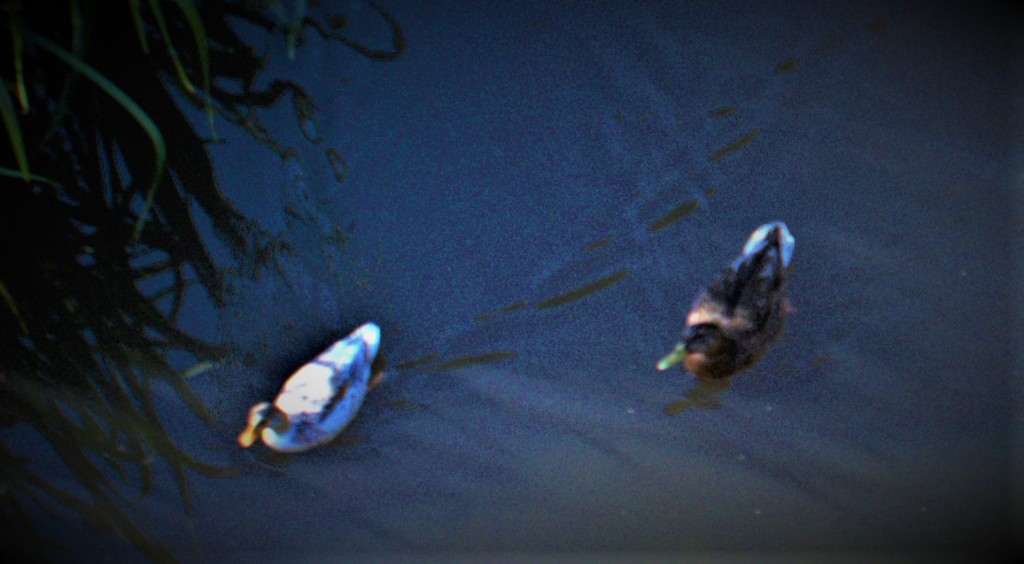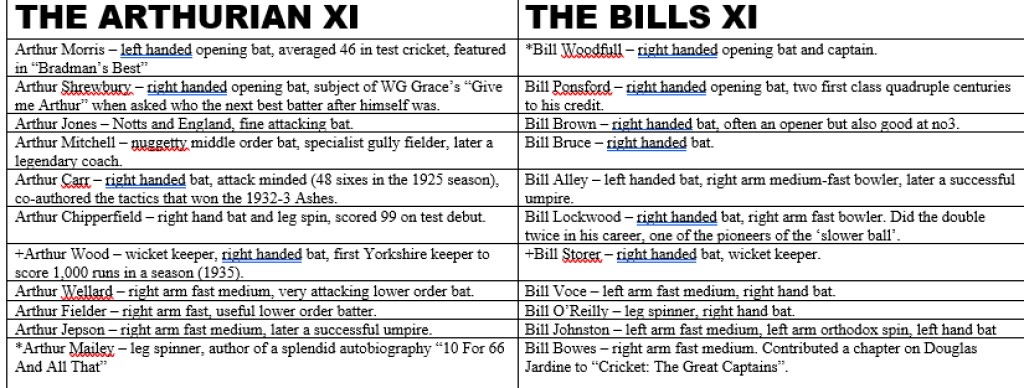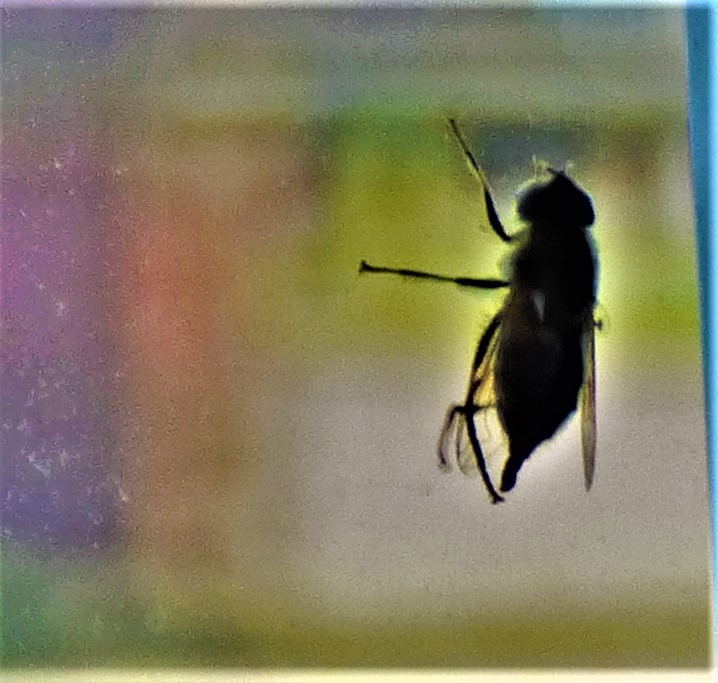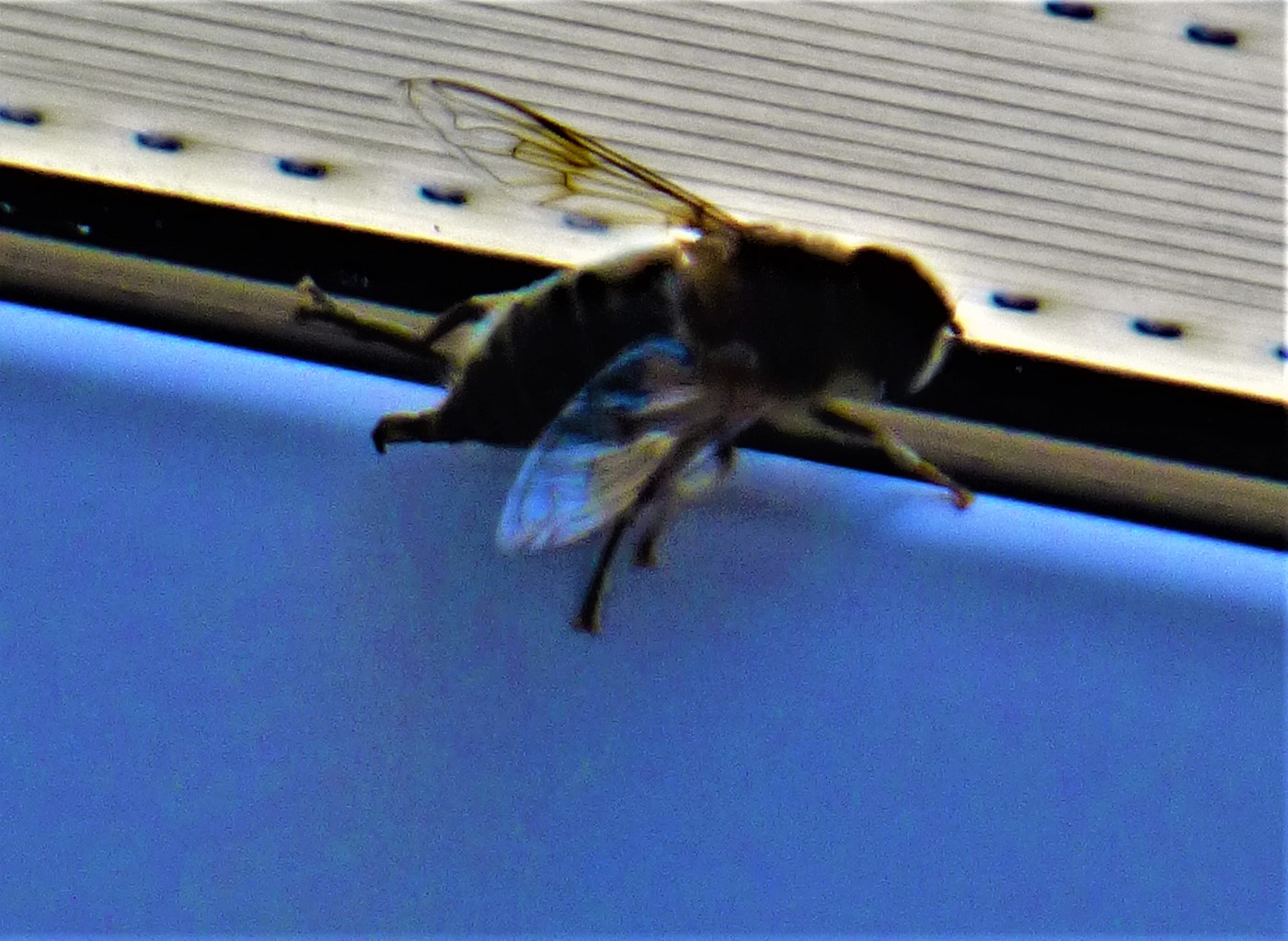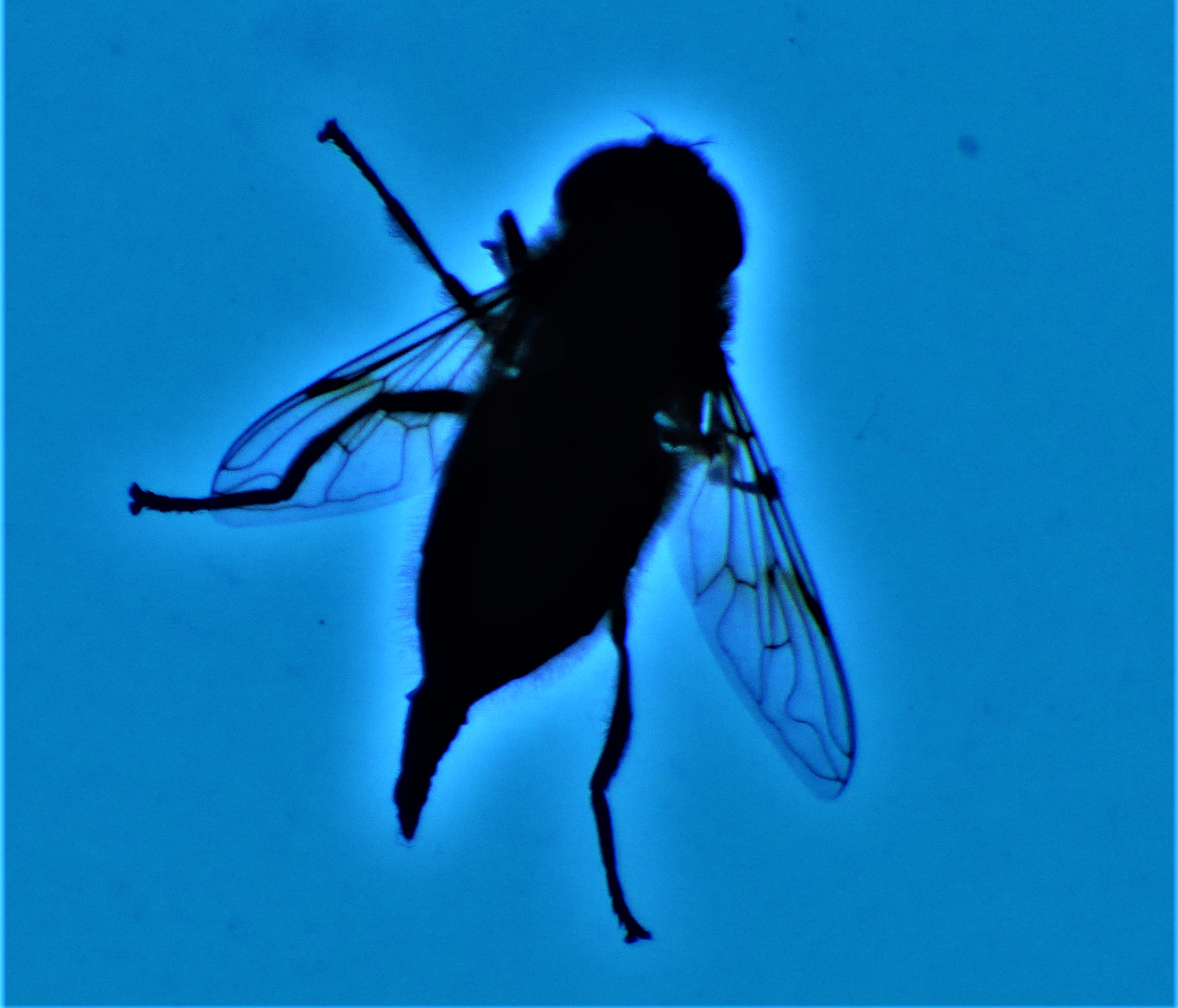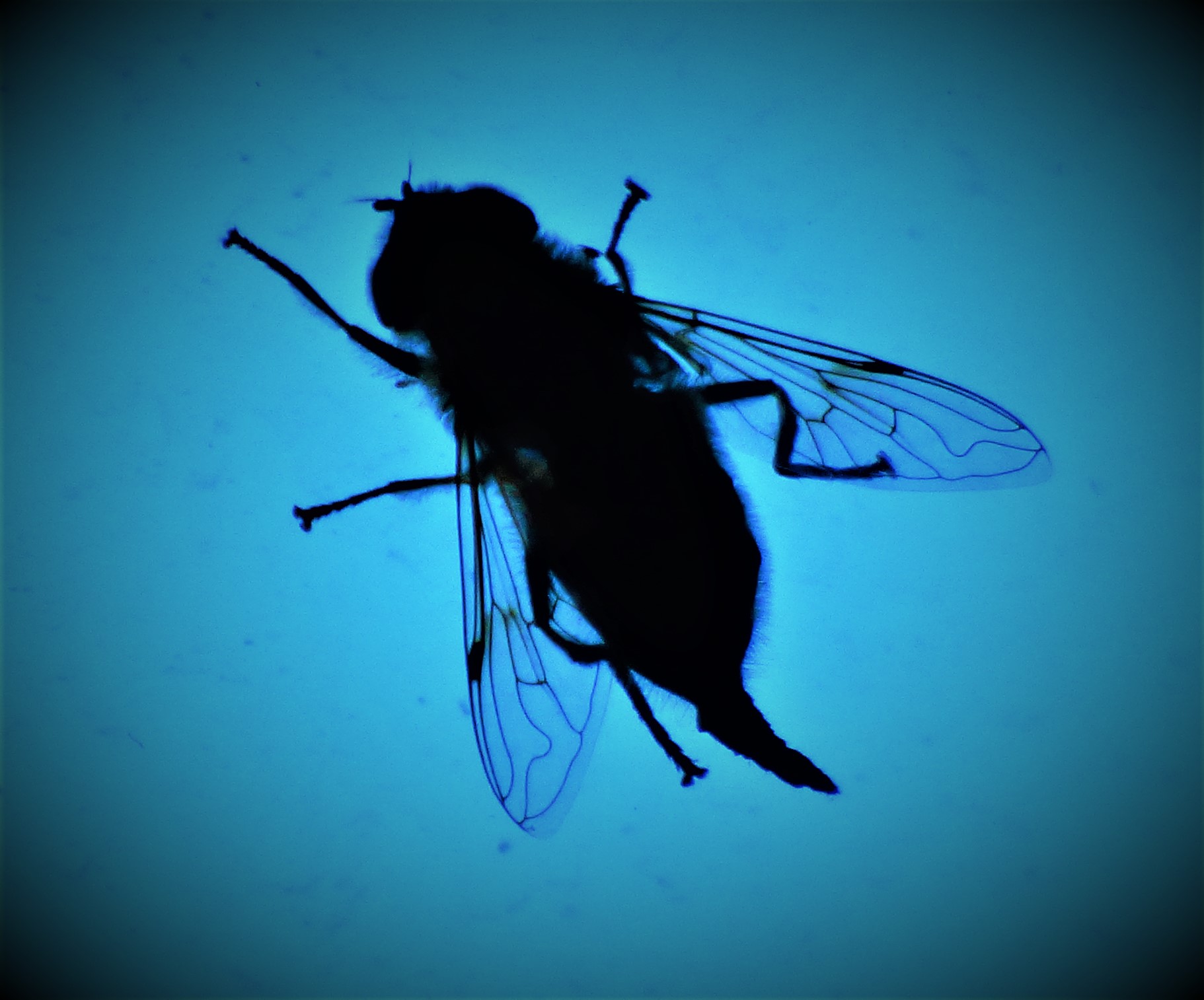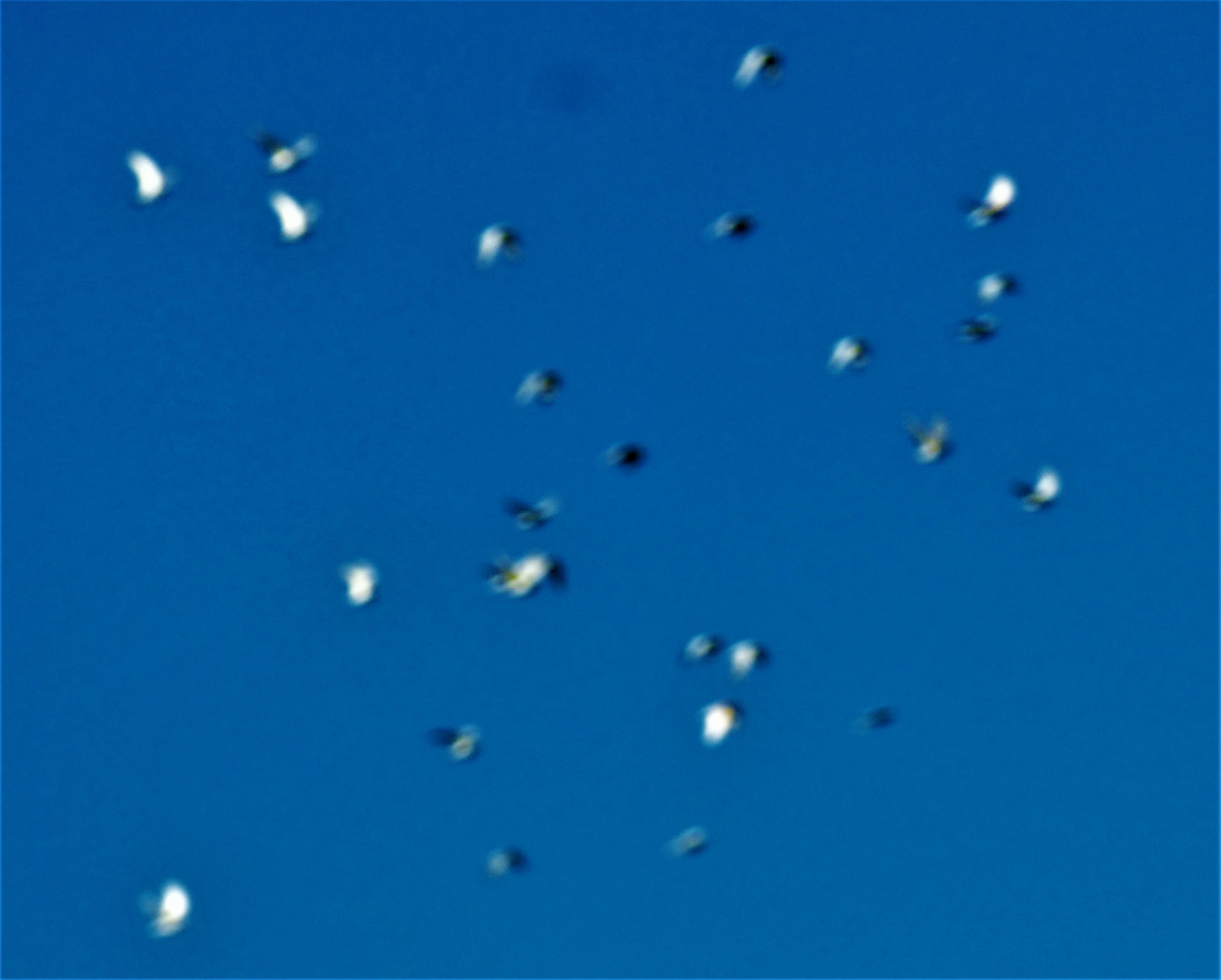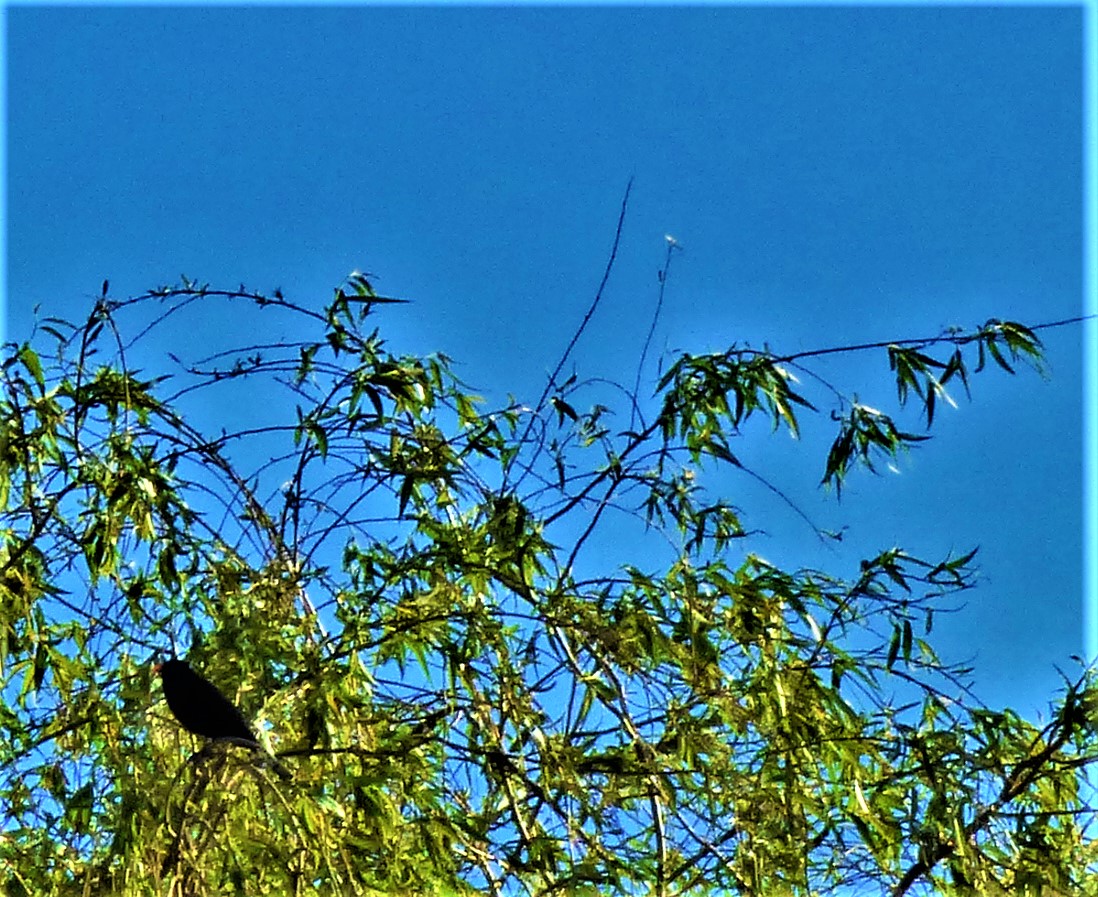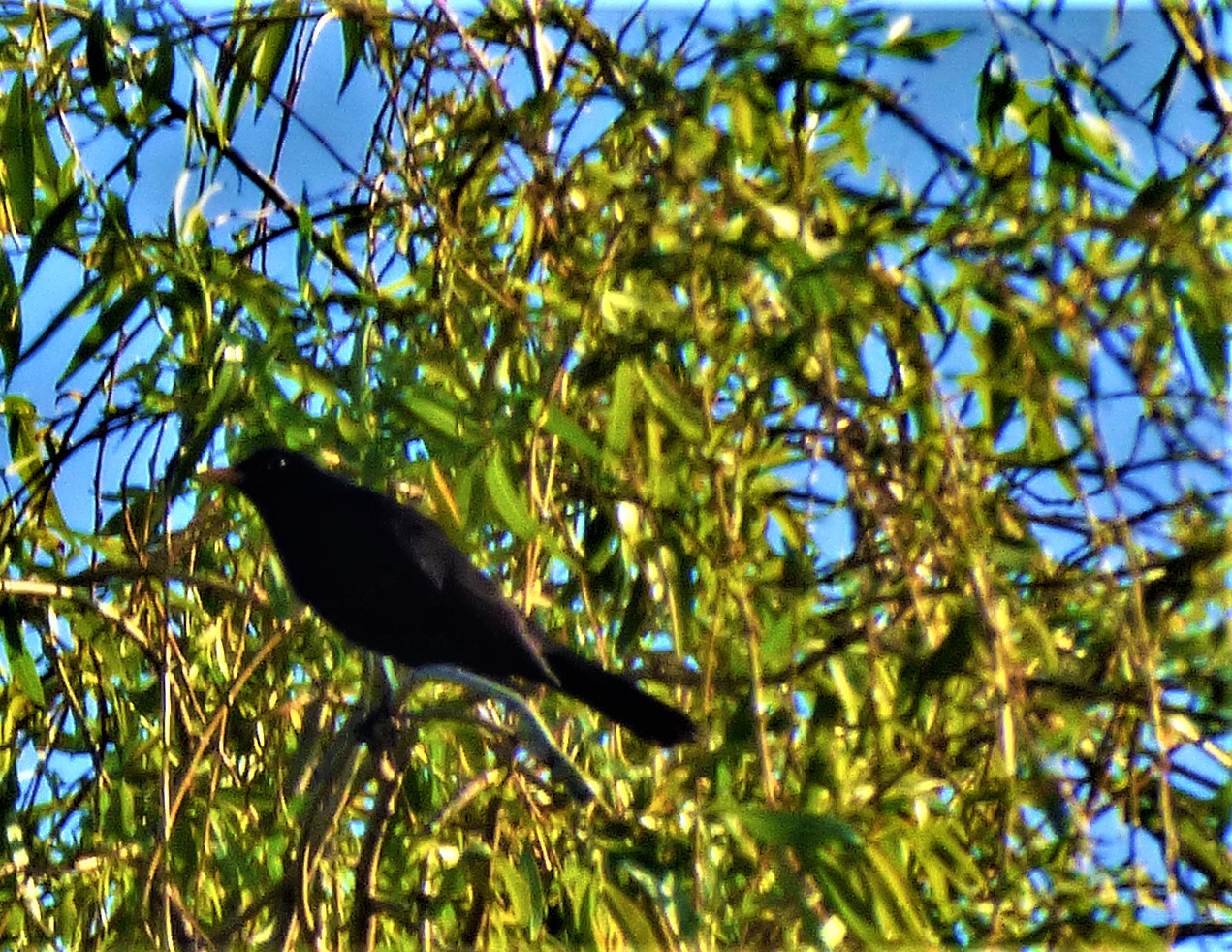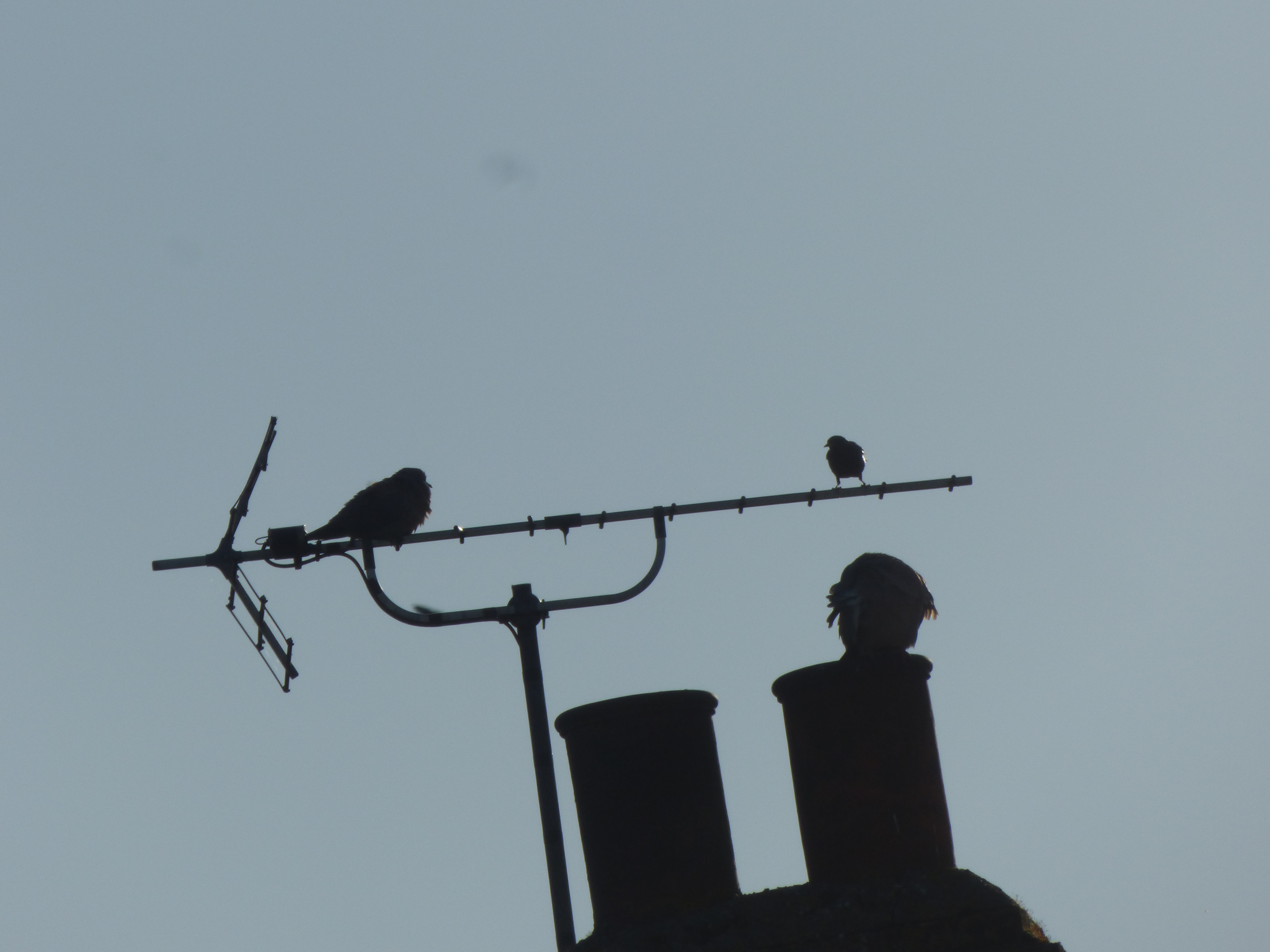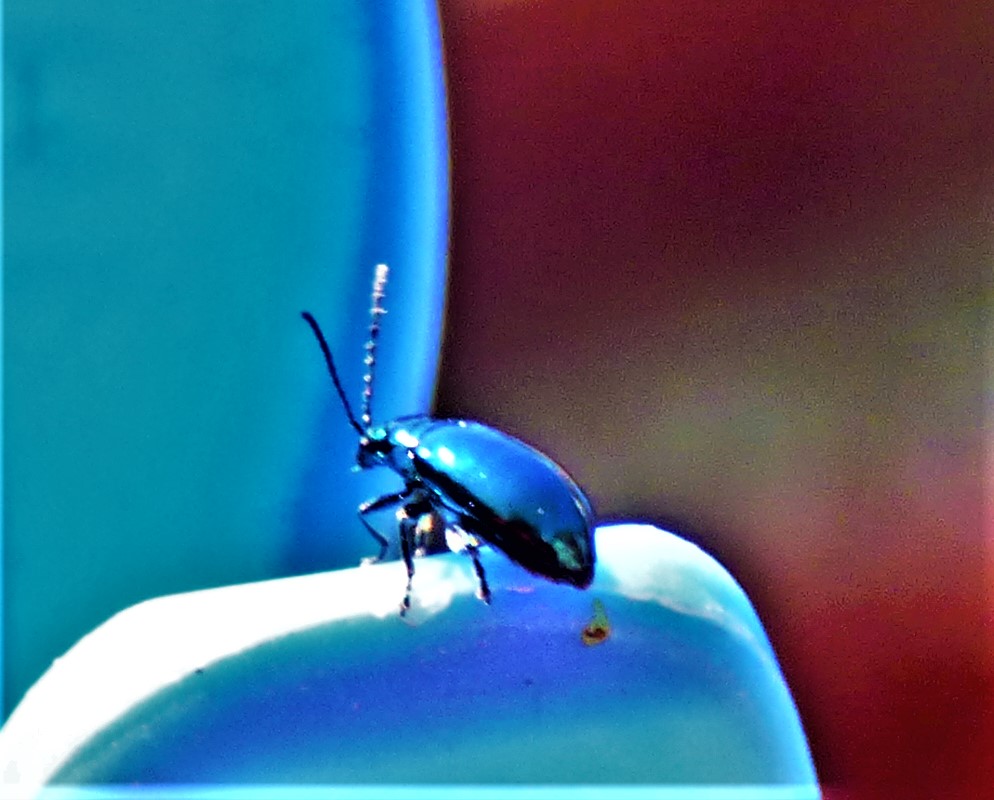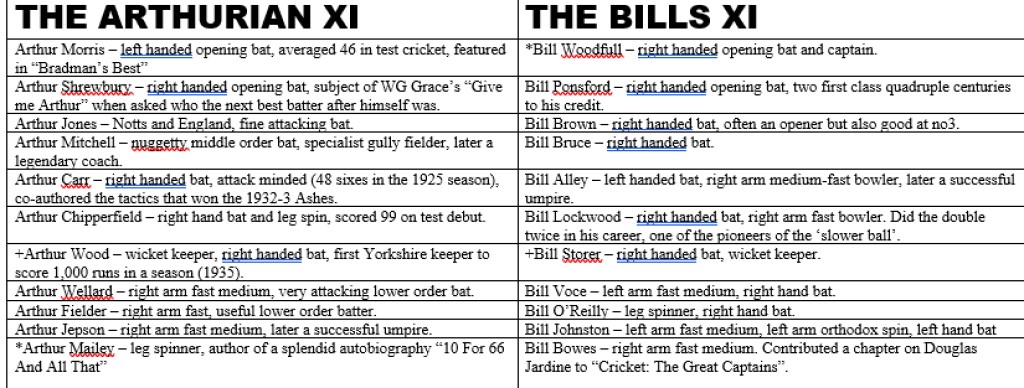I continue my exploration of the all-time XIs theme with a look at players whose surnames begin with the letter M. This was difficult, because as Sherlock Holmes said about this letter in reference to his own files, the collection of Ms is a fine one – so fine that as you will see in the honourable mentions a number of extraordinary players miss out.
THE XI IN BATTING ORDER
- Arthur Morris (Australia). The man rated by Donald Bradman as the best left handed opener he ever saw in action. His absolute peak came in the 1948 Ashes when he scored 696 in the series at 87.00, a series that Bradman, captain of that side, described him as having dominated.
- Vijay Merchant (India). There were a number of candidates for this slot, all with respectable test averages, but Merchant got the nod for two reasons: his test career was more spread out than that of other contenders, and in first class cricket where the sample size is much larger has average of 71.20 puts him second only to Bradman among qualifiers.
- Charles Macartney (Australia). The ‘Governor General’ as he was nicknamed is probably the most controversial pick in my XI given the other contenders for his slot in the XI, but what swung it for him was that he offered a genuine extra bowling option with his left arm orthodox spin (he won a test match for Australia in this capacity).
- Phil Mead (Hampshire, England). A dour left hander, Mead holds the records for most FC centuries (138) and runs (48,809) for a single team, Hampshire. Only three batters scored more FC runs in their careers than him: Hobbs, Woolley and Hendren, and only three scored more FC centuries than his 153: Hobbs, Hendren and Hammond
- Javed Miandad (Glamorgan, Pakistan). Rated by many as Pakistan’s all time number one batter, he went through an entire very long test career without his average ever dipping below 50 at that level, which amounts to an absolutely ironclad claim to greatness.
- *Keith Miller (Australia). One of the greatest all rounders ever to play the game, and a supreme entertainer. A wartime flying ace with the RAAF he was always aware that he had been lucky to emerge from the horrors of WWII still alive, which informed his attitudes thereafter. Once when asked about the pressures of international cricket he made the immortal reply “There is no pressure in cricket – pressure is flying a Mosquito with two Messerschmidts up your arse”.
- +Rodney Marsh (Australia). A superb wicket keeper and a more than capable middle order batter.
- Malcolm Marshall (Hampshire, West Indies). Probably the greatest fast bowler of the golden age of West Indies fast bowling, and therefore without any question among the greatest of all time, he was also a capable lower order batter – indeed Hampshire, whom he served loyally as overseas player for a number of years, regarded him as an all rounder. The record for most wickets in an English FC season in the period since the championship programme was drastically pruned to make space for the John Player League in 1969 is held by Marshall with 134.
- Fazal Mahmood (Pakistan). A right arm fast medium bowler whose speciality was the leg cutter, he was the first bowler of any type from his country to claim greatness. Pakistan’s first win on English soil, at The Oval in 1954 owed much to him – he claimed 12 wickets in the match.
- Muttiah Muralitharan (Lancashire, Sri Lanka). His 800 test wickets is comfortably an all comers record in that format, with only Warne among other bowlers having gone past 700. It seems unlikely the even the apparently ageless James Anderson can keep going long enough to overhaul his tally. His finest match came at The Oval in 1998. Sri Lankan skipper Ranatunga won the toss and put England in. On a flat pitch Murali took 7-155 in that first innings as England scored 445. Sri Lanka replied by claiming a lead of 150, with Jayasuriya hitting a double century, and then on a pitch just beginning to wear Murali ran through England’s second innings with 9-65, leaving Sri Lanka with a mere formality of a target to knock off.
- Glenn McGrath (Worcestershire, Australia). The spearhead of the Australian pace attack in the most dominant period their men’s side ever had, in the late 1990s and early 2000s. It is significant that in the only Ashes series of his career that Australia did not win he was absent injured for both defeats. He signed off an illustrious career at his home ground in Sydney by contributing to a victory that gave Australia only the second 5-0 sweep of a series in Ashes history after Warwick Armstrong’s 1920-21 side.
This side contains a superb top six, including two all rounders of different type, a keeper who could bat and a quartet of superb and well varied bowlers. A bowling attack that has Marshall, McGrath, Fazal Mahmood and Miller to bowl pace and Muralitharan and Macartney to bowl spin is both deep and balanced. Mahmood’s skill with the leg cutter at least partly compensates for the absence of a genuine leg spinner.
HONOURABLE MENTIONS
This section is the most difficult of its kind that I have yet had to create. It begins with individual highlights of a great batter and two great all rounders who I think deserve special coverage…
PETER MAY
Peter Barker Howard May was undeniably a very great batter. For someone who was by instinct an attacking stroke maker to have a test average of 46 in test cricket’s lowest, slowest scoring decade, the 1950s, was an extraordinary achievement. I simply felt that Macartney, bringing with him a bowling option has he did was an even better choice for the number three slot, while Mead’s left handedness gave him an edge (Macartney batted right handed).
MULVANTRAI ‘VINOO’ MANKAD
One of the greatest all rounders India ever produced, but I preferred Macartney as the finer batter. If you want to slot him in somewhere I won’t argue – but consider the effect on team balance.
MUSHTAQ MOHAMMAD
Another great all rounder, and one who would have given me a leg spin option. I felt that Fazal Mahmood’s leg cutters more or less covered that element of bowling, and that as great a cricketer as ‘Mushy’ undoubtedly was, Miller was even greater.
OTHER HONOURABLE MENTIONS
Other than the pair I named a number of openers commanded attention. Hanif Mohammad was probably the greatest of those I overlooked, but Roy Marshall, Colin McDonald and Archie MacLaren were all fine openers in their different ways. Arthur Milton, though not really good enough to be seriously entertained has a place in sporting history as the last to play the England men’s teams in both cricket and football. The elegant Indian left hander Smriti Mandhana was the closest female cricketer to earning consideration, and would have been very close indeed had I been selecting with limited overs cricket in mind.
Other than May to whom I gave a whole paragraph of his own, Billy Murdoch and was also in the mix for the number three slot.
Stan McCabe was another of the unlucky ones, his right handedness costing him the slot I gave to Phil Mead. Daryl Mitchell of New Zealand, the best current cricketer to have a surname beginning with M could not quite command a spot in that powerful middle order.
Mushfiqur Rahim with initials MR is deeply unfortunate – both letters I might sneak him in under have all time great keepers already available. Arthur McIntyre of Surrey and England was a good keeper batter in the 1950s, but hardly a challenger to Marsh.
It is particularly in the bowling department that there is a huge overflow of talent for this letter. Leg spinner Arthur Mailey was a trifle too expensive to command a place, paying 34 a piece for his wickets. Ted McDonald, Devon Malcolm, Danny Morrison, Manny Martindale, Alan Mullally, David Millns, Martin McIntyre and Kyle Mills are among the fast bowlers who might have been considered.
For limited overs matches Eoin Morgan, Mitchell Marsh, Tom Moody, Tymal Mills and Adam Milne would all be in the mix as well.
If he can stay fit for a decent length of time Lancastrian quick Saqib Mahmood may be knocking on the doors in a few years time.
PHOTOGRAPHS
Our cricketing journey through the letter M is at an end, and it remains only to apply the usual sign off…








